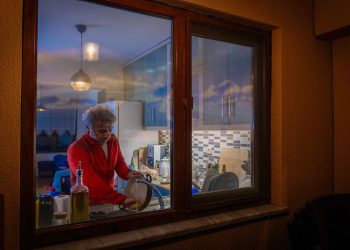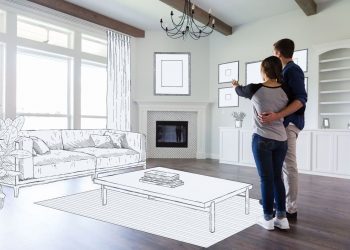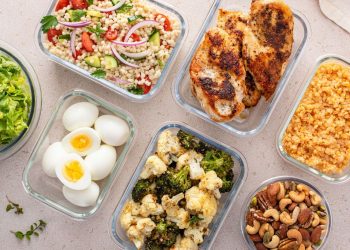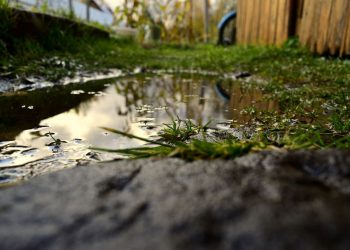The kitchen is often considered the heart of a home, where you can feed and gather with family and friends. With all of its appliances, the kitchen is also a prime spot for you to practice energy efficiency and help reduce your utility bills.
For example, simply unplugging smaller appliances, such as your coffee maker, toaster and blender, when you’re not using them can prevent them from draining small amounts of power that could add up over time. To further save energy in your kitchen, try these tips from the U.S. Department of Energy for using your dishwasher, refrigerator and other common appliances more efficiently:
Dishwasher
- Most of the energy used by a dishwasher is for water heating. Check the manual that came with your dishwasher for the manufacturer’s recommendations on water temperature; many have internal heating elements that allow you to set the water heater in your home to a lower temperature (120 degrees Fahrenheit).
- Be sure your dishwasher is full (not overloaded) when you run it.
- Avoid using the “rinse hold” on your machine for just a few soiled dishes. It uses 3 to 7 gallons of hot water each use.
- Let your dishes air dry; if you don’t have an automatic air-dry switch, turn off the control knob after the final rinse and prop the door open slightly so the dishes will dry faster.
Refrigerator/Freezer
- Don’t keep your refrigerator or freezer too cold. Recommended temperatures are 35 to 38 degrees Fahrenheit for the fresh food compartment and 0 degrees Fahrenheit for separate freezers for long-term storage. You can check the temperature using an appliance thermometer.
- Make sure your refrigerator door seals are airtight. Test them by closing the door over a dollar bill so it’s half in and half out of the refrigerator. If you can pull the bill out easily, the latch may need adjustment, the seal may need replacing or you may consider buying a new unit.
- Cover liquids and wrap foods stored in the refrigerator. Uncovered foods release moisture and make the compressor work harder.
- Regularly defrost manual-defrost freezers and refrigerators; frost buildup decreases the energy efficiency of the unit. Don’t allow frost to build up more than one-quarter of an inch.
Other Kitchen Tips
- Place the faucet lever on the kitchen sink in the cold position when using small amounts of water; placing the lever in the hot position draws hot water even though it may never reach the faucet.
- When using a natural gas stove, look for blue flames; yellow flames indicate the gas is burning inefficiently and an adjustment may be needed. If you see yellow flames, consult the manufacturer or your local utility.
- Keep stove-top burners and reflectors clean; they’ll reflect the heat better, and you’ll save energy.
- Use a covered kettle or pan or an electric kettle to boil water; it’s faster and uses less energy.
- Use small electric pans, toaster ovens or convection ovens for small meals rather than your large stove or oven. A toaster or convection oven uses one-third to one-half as much energy as a full-sized oven.
When shopping for a new dishwasher or fridge, look for energy-efficient models certified with the ENERGY STAR label.











